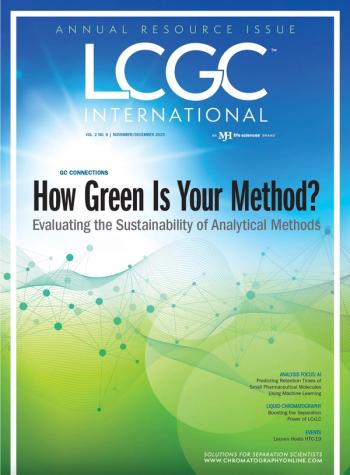
Tuesday Morning Session on Chiral Separations
Terry Berger of Berger Instruments (Newark, Delaware) and Geoffrey Cox of Chiral Technologies, Inc. (West Chester, Pennsylvania) will chair a Monday morning session titled "Chiral Separations" in Ballroom B.
Terry Berger of Berger Instruments (Newark, Delaware) and Geoffrey Cox of Chiral Technologies, Inc. (West Chester, Pennsylvania) will chair a Monday morning session titled “Chiral Separations” in Ballroom B.
The session’s first presentation will be given by Wolfgang Lindner of the University of Vienna (Vienna, Austria). The title of Linder’s presentation is “The Potential of Novel Zwitterionic Chiral Ion Exchanger for HPLC Enantiomer Separations of Charged Analytes.”
Lindner’s presentation will be followed by a study presented by Kenji Hamase of Kyushu University (Fukuoka, Japan). Hamase’s presentation is titled “Two-Dimensional HPLC Determination of All Proteinogenic Amino Acid Enantiomers in Mammalian Tissues and Physiological Fluids.”
The final talk in this Monday session is titled “Chiral Gradient Elution Separations: Modeling of Normal and Reversed-Phase Systems and Prediction of Resolution for Complex Mixtures.” It will be presented by Session Co-Chair Geoffrey B. Cox.
Following Cox’s presentation, attendees are invited to Exhibit Hall A&B for a light breakfast and snacks.
Newsletter
Join the global community of analytical scientists who trust LCGC for insights on the latest techniques, trends, and expert solutions in chromatography.



